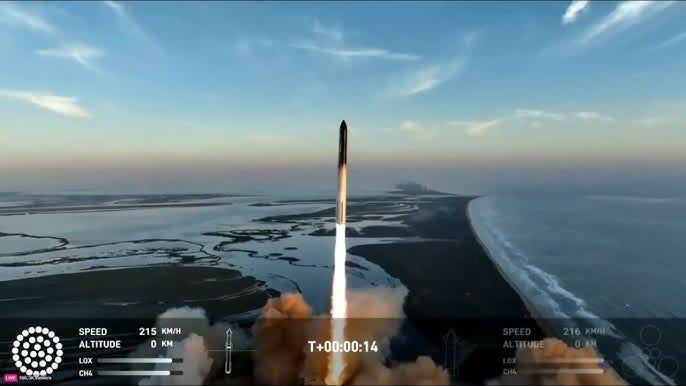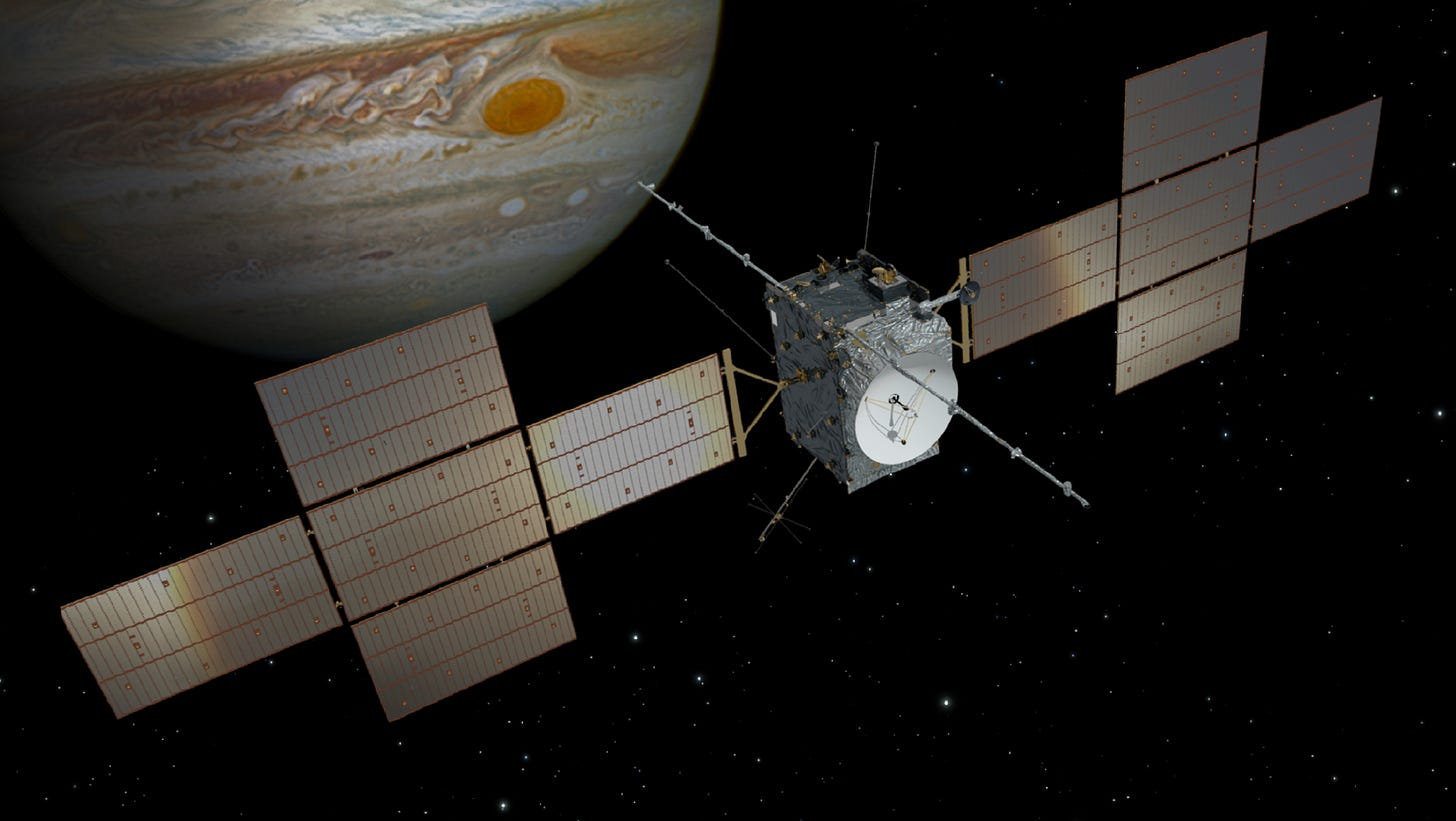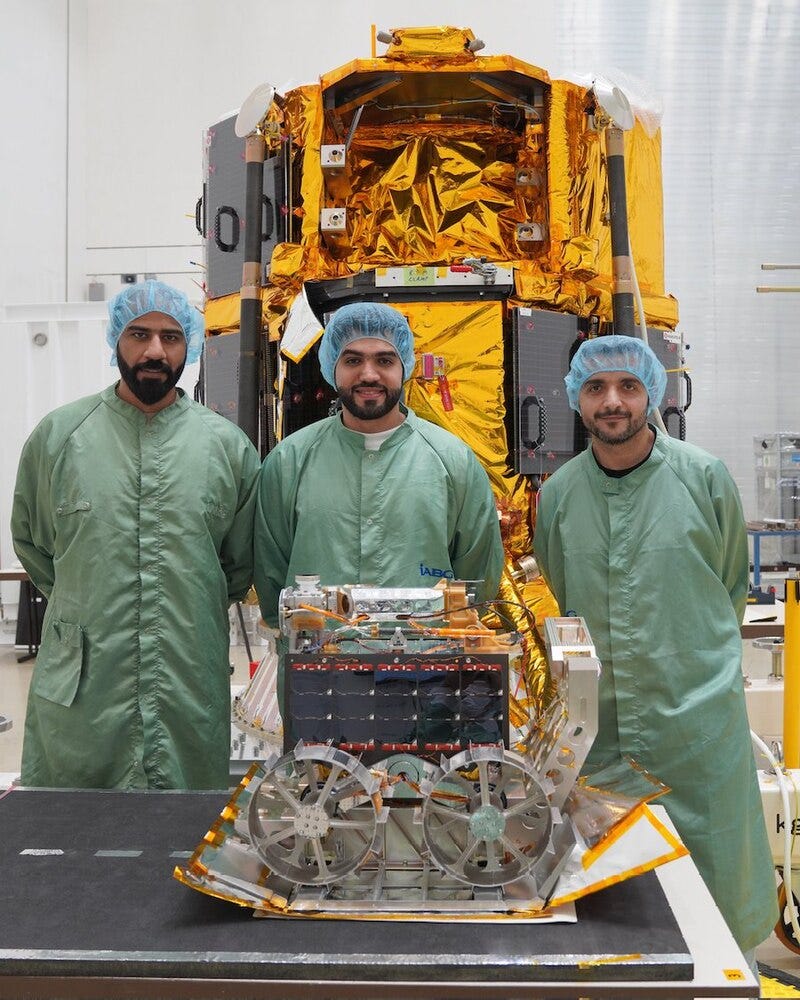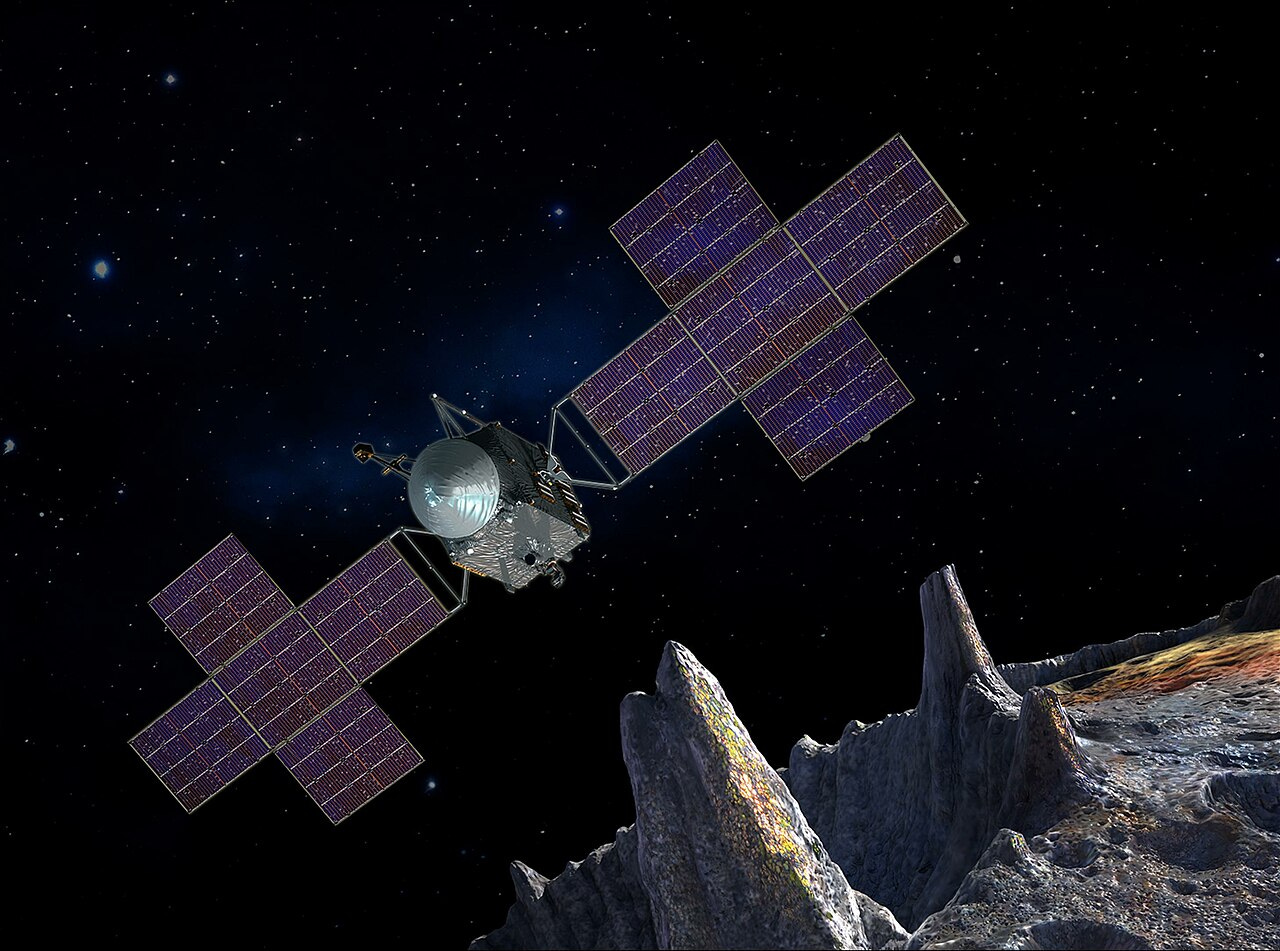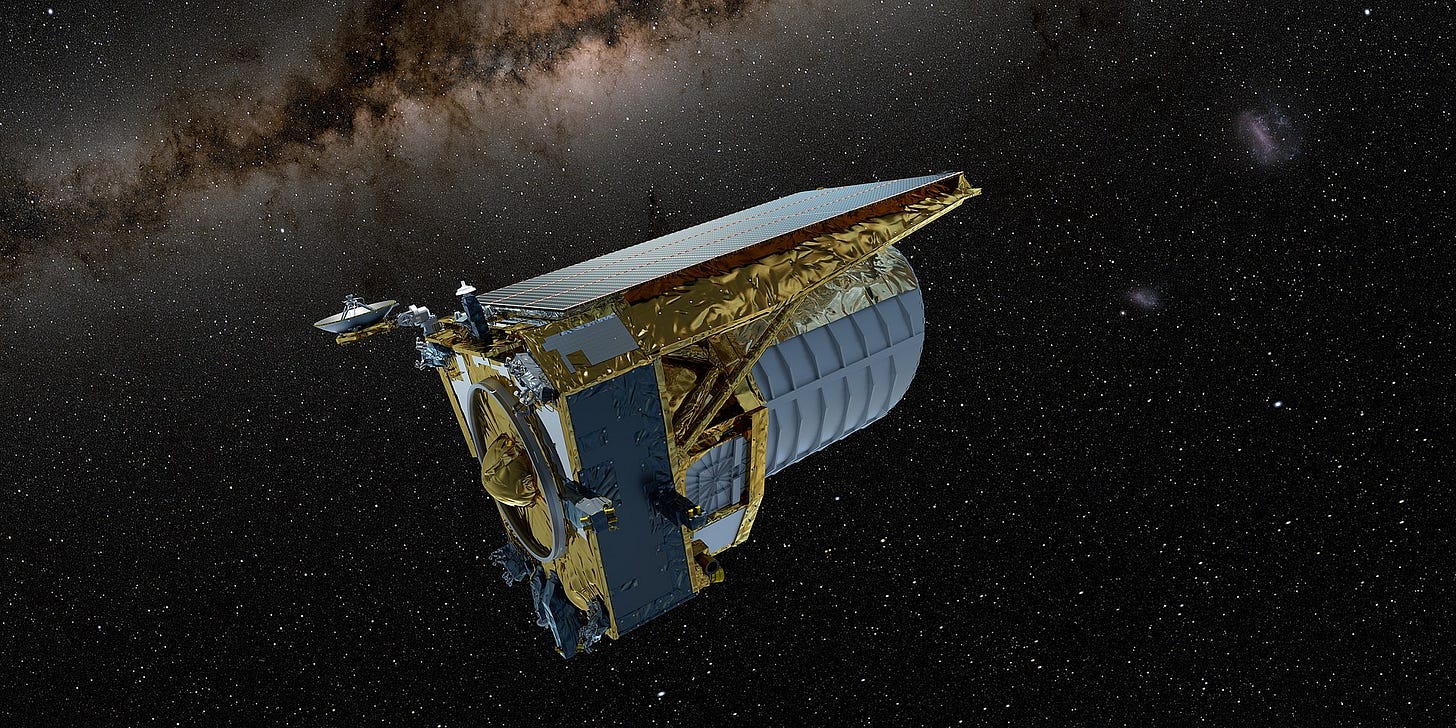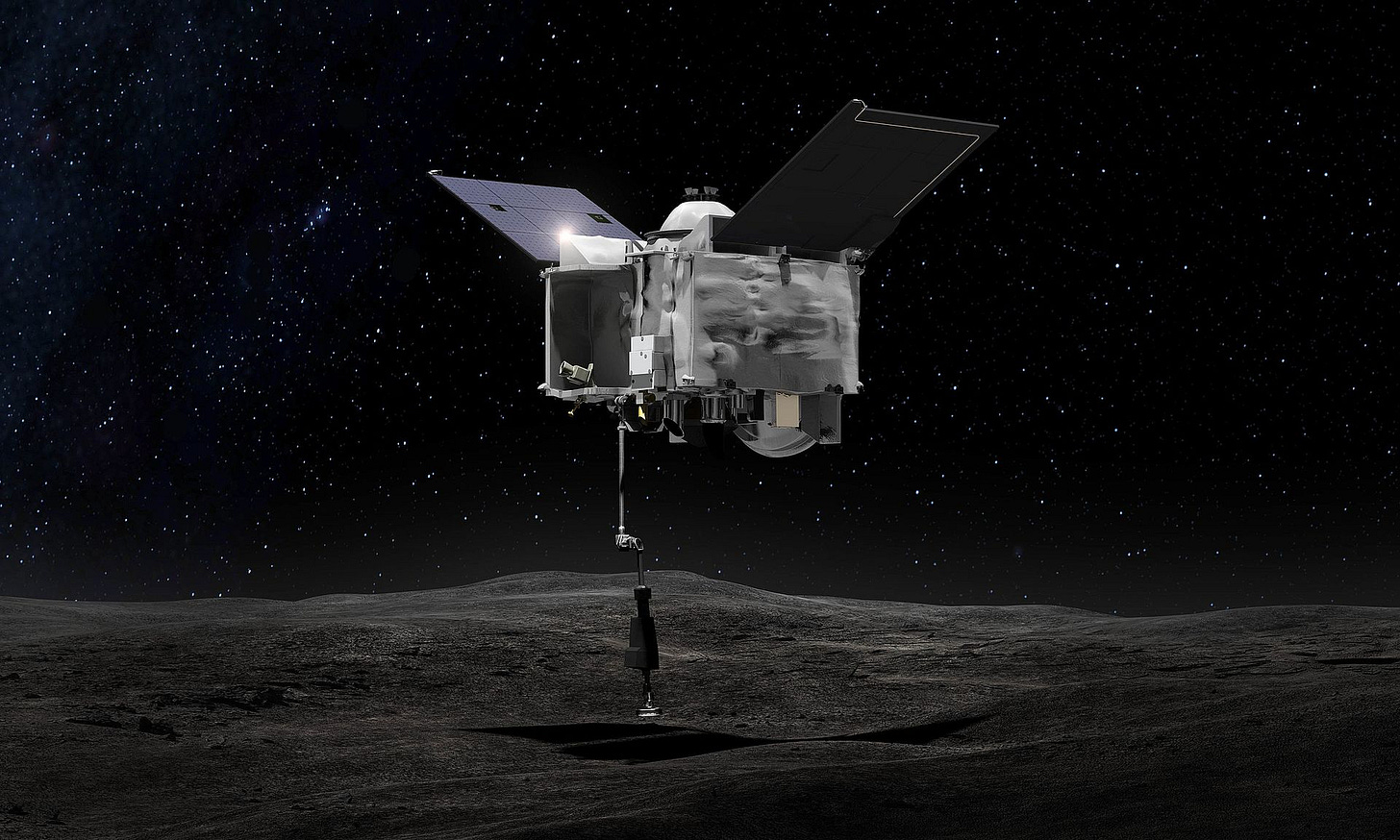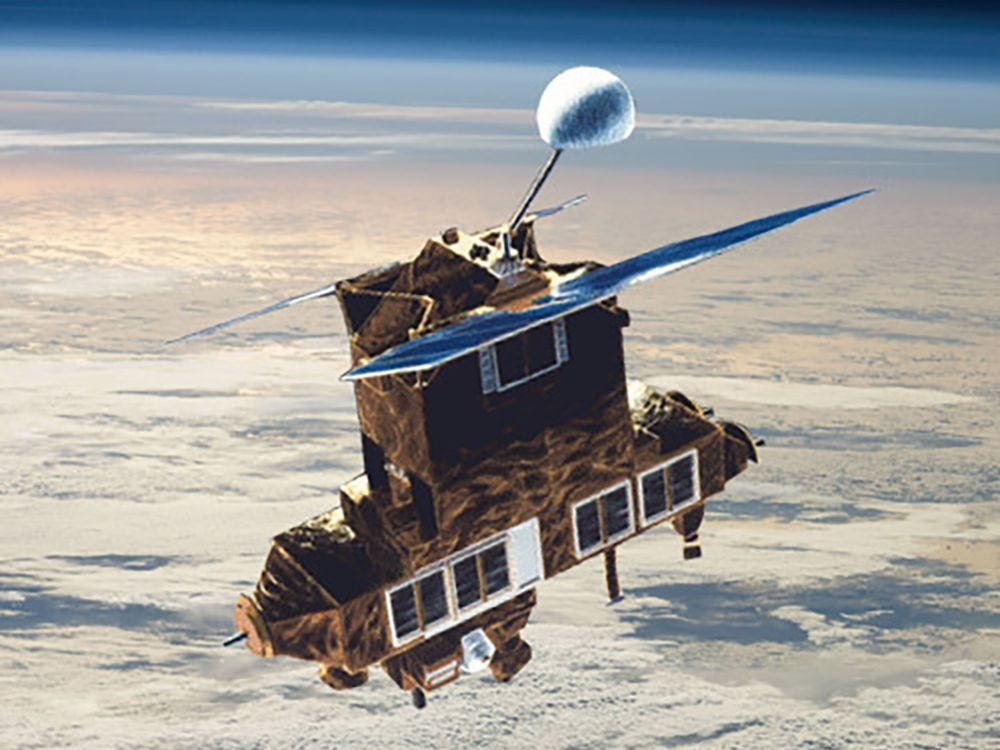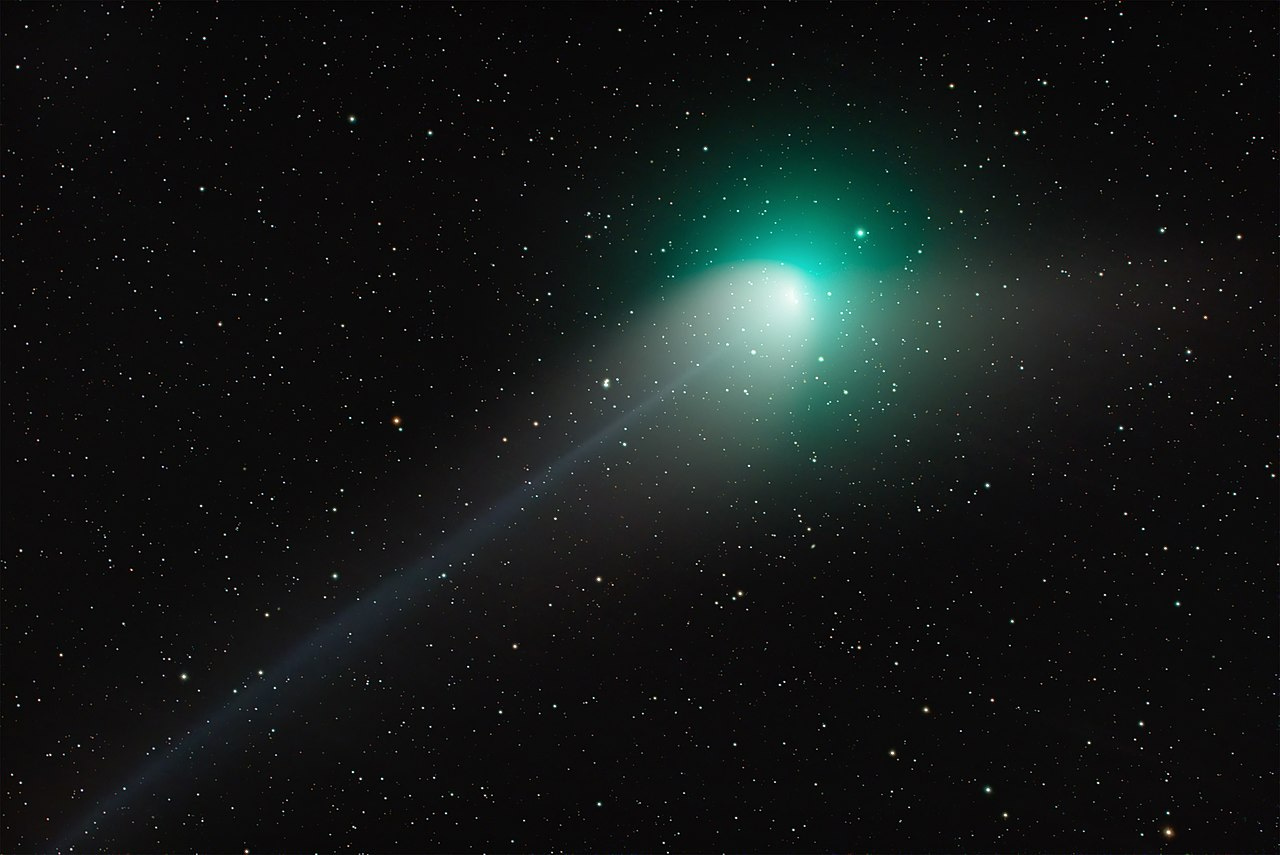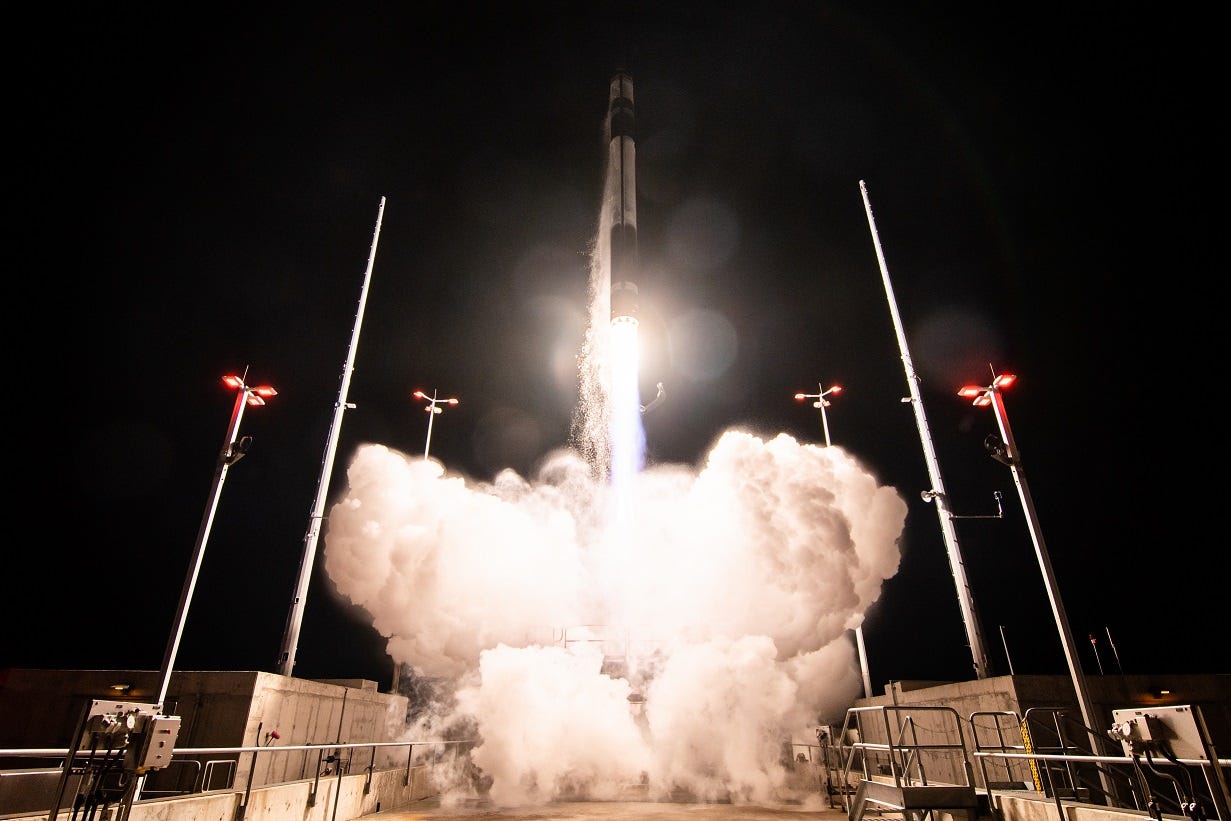2023 Recap: Top events and highlights
What a busy year that was!
The Space Deck playing cards, will be launched on 21st February 2024, on Kickstarter. Stay updated.
2023 was a year of big things in space and astronomy. Rockets flew, missions explored far-off places, and new discoveries shaped our understanding of the universe. This article gathers the most important events from that exciting year.
SpaceX
Starship Integrated Flight Test 1
20 April: The first Starship Integrated Flight Test faced numerous problems, damaging the launch setup and infrastructure. Engine failures caused the booster to lose control and break apart. Even after an attempted termination, the vehicle stayed intact for over 40 seconds, surprising SpaceX, which still considered it a success given their modest launch pad clearance expectations.
Starship integrated Flight test 2
18 November: In the second Starship test, all 33 engines fired during the initial stage, but the booster was lost during its maneuver. Starship's second stage continued for over eight minutes before its flight termination system activated. SpaceX still deemed the test a success.
200th Falcon 9 rocket flight
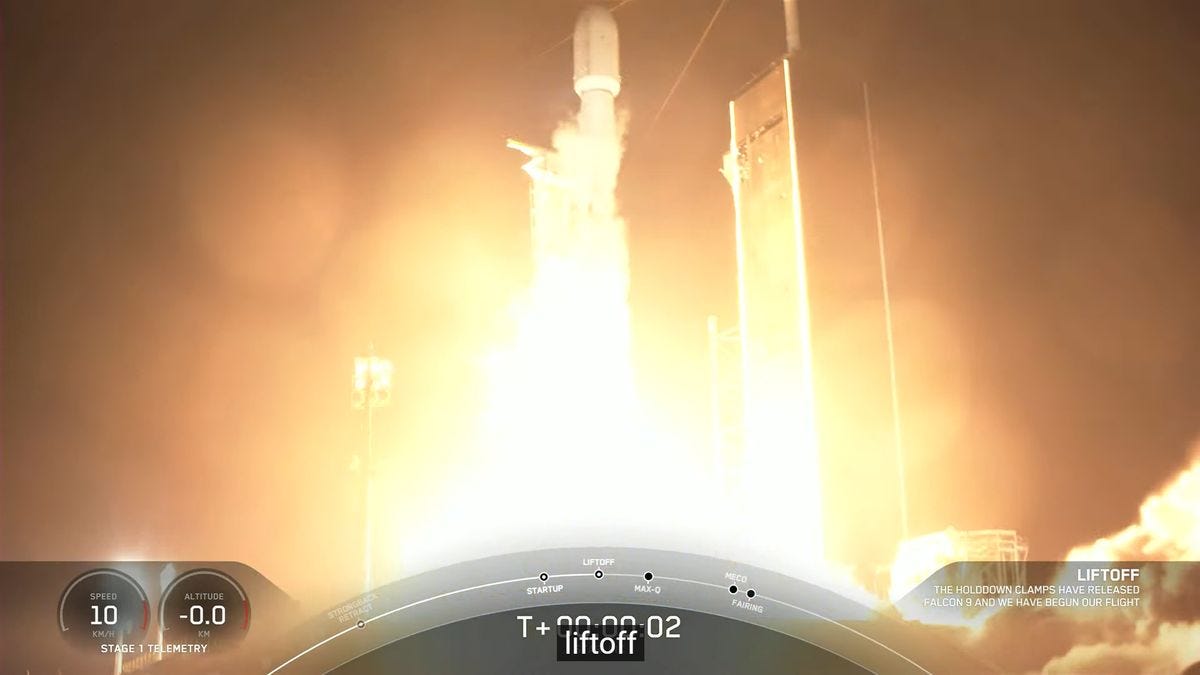
31st January: SpaceX's 200th Falcon 9 rocket took off from Vandenberg Space Force Base SLC-4E pad on January 31st, 2023. Besides marking a numerical milestone, the Starlink 2-6 mission was a routine launch of SpaceX's internet satellites.
Two rockets within a three-hour gap and a record 96 Falcon 9 launches.
28 December: SpaceX launched two rockets from Florida — Falcon Heavy carried the US military's X-37B spaceplane from Kennedy Space Center at 8:07 pm EST, while Falcon 9 took off nearby at 11:01 pm EST with 23 Starlink Internet satellites. All boosters returned to Earth for reuse.
Notable Missions
Jupiter Icy Moons Explorer
Launched on April 14, 2023, the Jupiter Icy Moons Explorer (Juice) by ESA and Airbus aims to study Jupiter's moons—Ganymede, Callisto, and Europa—for signs of liquid water, potentially indicating habitable conditions. Expected arrival at Jupiter in July 2031.
The Emirates Lunar Mission
UAE's inaugural venture to the Moon by Mohammed bin Rashid Space Centre (MBRSC), deployed the Rashid rover via ispace's Hakuto-R Mission 1 lander. Launched on December 11, 2022, aboard a Falcon 9 rocket, the mission aimed for Atlas crater but tragically lost communication seconds before the attempted landing on April 25, 2023, resulting in the lander's crash and destruction.
NASA Psyche Mission
Launched in October 2023, NASA's Psyche mission targets asteroid 16 Psyche, probing its metallic core's origins without landing. Using innovative solar-powered thrusters and laser communications, it explores as the first mission beyond the Earth-Moon system employing these technologies.
JAXA's XRISM
Launched September 6, 2023, aboard an H-IIA rocket, orbits successfully. This X-ray space telescope collaboration with NASA aims to unravel cosmic mysteries, studying universe structure, galaxy nuclei outflows, and dark matter, standing as a groundbreaking international observatory similar to prominent telescopes like James Webb Space Telescope and Fermi Space Telescope.
JAXA’s SLIM
JAXA's Smart Lander for Investigating Moon (SLIM), a lunar mission aiming for precision landing tech demonstration, launched successfully on September 6, 2023. If triumphant, Japan will join the ranks of countries that soft-landed on the Moon, with a planned landing date set for January 19, 2024, following orbital entry on December 25, 2023.
The Euclid space telescope
Launched July 1, 2023, settled into a halo orbit at the Sun-Earth L2 Lagrange point, continuing ESA's Cosmic Vision campaign. Equipped with a powerful camera and spectrometer, it aims to probe dark energy and matter by measuring the universe's expansion. Recently, on November 7, 2023, Euclid unveiled its initial full-color images, showcasing its potential to construct an expansive 3D universe map.
ISRO’s Aditya-L1
India's Aditya-L1, launched September 2, 2023, orbits the Sun from Lagrange point 1, probing solar phenomena and magnetic storms' effects on Earth's environment, marking India's first dedicated solar observation mission. Scheduled to reach its L1 orbit on January 6, 2024.
NASA's OSIRIS-REx: US's first asteroid sample return
Launched in September 2016 and returning in September 2023, gathered samples from asteroid Bennu. These samples promise insights into the Solar System's origins, planetary formation, and the source of organic compounds vital for life's emergence. The spacecraft, now named OSIRIS-APEX, embarks on an extended mission, including a flyby of asteroid 99942 Apophis in 2029. The mission cost approximately $800 million, excluding the launch vehicle. This endeavor marks the US's first asteroid sample return, following Japan's Hayabusa and Hayabusa2 missions.
Luna 25
In August 2023, Russia's Roscosmos initiated Luna 25, aiming to land near the lunar south pole. Previously known as Luna-Glob, it was the country's first lunar lander mission. Unfortunately, after a failed orbital maneuver, the lander crashed on the Moon's surface on August 19, 2023, marking a setback in Russia's lunar exploration efforts.
Chandrayaan 3
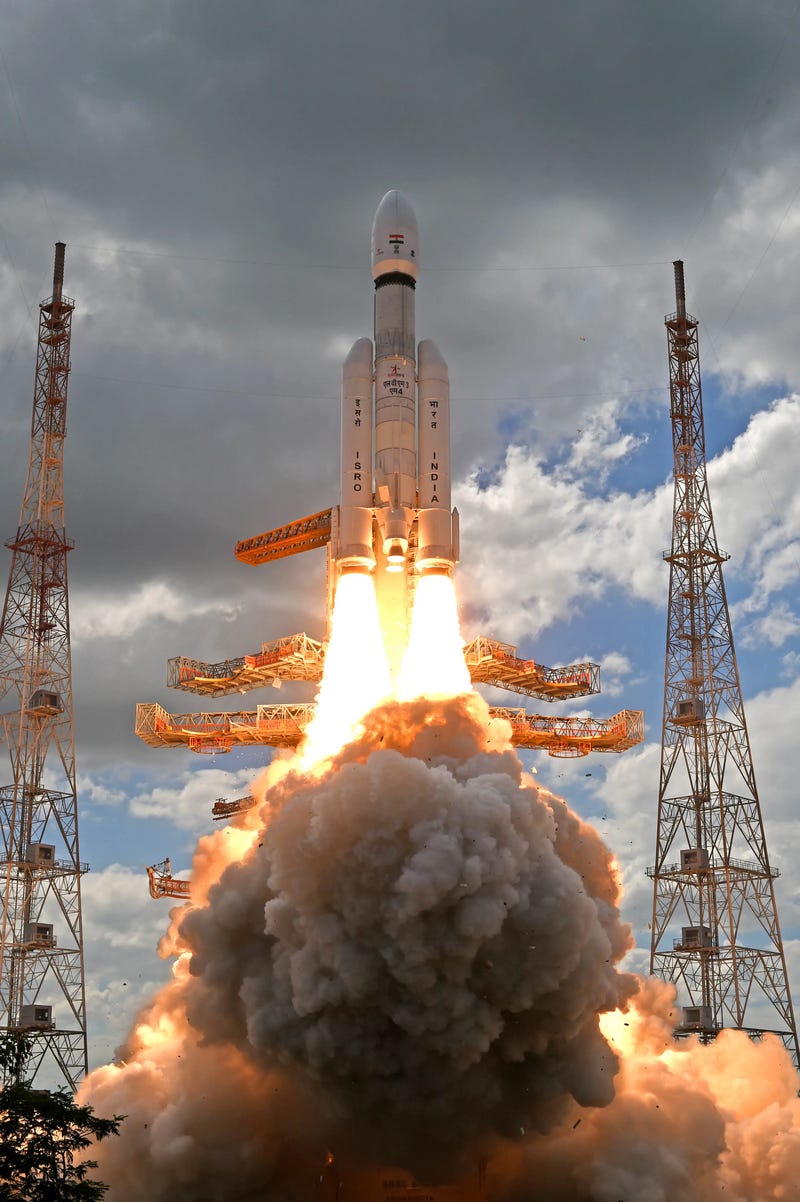
India's Chandrayaan-3 triumphantly landed its Vikram lander and Pragyan rover near the lunar south pole on August 23, 2023, marking the nation as the fourth to achieve a Moon landing and the first in this region. While the lander executed two surface hops, it failed to reactivate after completing tasks, dimming hopes during the lunar night starting September 30. Yet, the propulsion module successfully returned to Earth's orbit on November 22, 2023, after maneuvers initiated on October 9, 2023.
Tianlong-2: First to reach orbit on its maiden attempt
In early 2023, "Space Pioneer" introduced Tianlong-2, a launch vehicle standing at 32.8m tall with the capability to lift 2t to LEO and 1.5t to a 500km SSO. On April 2, 2023, it achieved a milestone by successfully launching the Jinta cubesat to a Sun-synchronous orbit, marking China's first privately funded, liquid-fueled, kerolox rocket to reach orbit on its debut flight.
First methane-powered rocket to reach orbit
Launched on 8th December, Zhuque-2, a medium-class orbital launch vehicle by LandSpace, is fueled by liquid oxygen and liquid methane, marking the first methane-powered rocket to reach orbit in the Methalox space race.
Other important events
Astronaut breaks NASA record for time spent in space
In 2023, NASA astronaut Frank Rubio made history by spending a full year aboard the International Space Station (ISS), becoming the first American to achieve this milestone. Rubio surpassed the previous records set by NASA astronauts Mark Vande Hei in 2021–2022 (355 days in space) and Scott Kelly in 2015–16 (340 days in space).
NASA Satellite Falls Back to Earth After Almost 40 Years in Space
The 5,400-pound ERBS satellite launched on October 5, 1984, from the space shuttle Challenger. Originally intended to operate for two years, the satellite outlived that goal and gathered data for 21 years, until 2005. ERBS provided insights into global warming and weather patterns. IT can be said that the satellite played a role in shaping the 1987 Montreal Protocol, which phased down the use of close to 100 human-made ozone-depleting chemicals.
Antarctic sea ice hits record low
NASA and the National Snow and Ice Data Center (NSIDC) collaborated on a study revealing a record low in Antarctic sea ice levels. Additionally, the Arctic experienced its sixth-lowest amount of sea ice recorded since tracking began.
Green comet
In March 2022, the Zwicky Transient Facility discovered C/2022 E3 (ZTF), a non-periodic comet emitting a vibrant green glow due to sunlight interacting with diatomic carbon and cyanogen. Estimated to be approximately a kilometer wide, it rotated about every 8.5 to 8.7 hours, displaying extensive tails of dust and gas spanning millions of kilometers.
By January 12, 2023, it reached its perihelion at a distance of 1.11 AU from the Sun and made its closest approach to Earth on February 1, 2023, shining at magnitude 5 and visible to the naked eye under moonless dark skies.
The first-ever satellite mission launched from UK soil, ended in failure.
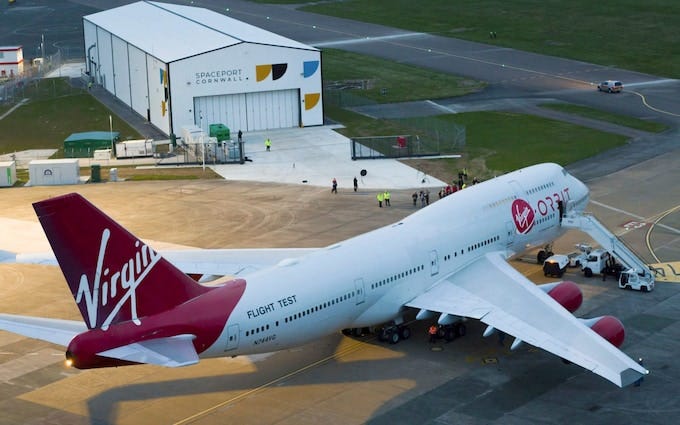
In January 2023, a jumbo jet operated by American Virgin Orbit took off from Newquay, Cornwall, carrying a rocket destined for release high over the Atlantic Ocean. Despite a seemingly successful ignition and ascent, an "anomaly" struck the rocket, resulting in the loss of the satellites it carried, unable to be released.
This setback added to the challenges faced by Virgin Orbit, as by April 2023, the company had already filed for bankruptcy following the failed mission in the UK and struggled to secure new funding amidst financial turmoil.
Virgin Galactic reaches to the edge of space
On June 29th, 2023, Virgin Galactic made history with its first-ever manned mission to the edge of space. Carrying two Italian Air Force personnel, this flight marked a significant milestone in commercial space travel, demonstrating the viability of their passenger spaceship and paving the way for future tourist flights.
Rocket Lab Successfully Launches First Electron Mission from U.S. Soil
Rocket Lab launched its 33rd Electron rocket and first mission from Virginia. The “Virginia is for Launch Lovers” mission lifted off at 18:00 EST on January 24th from Rocket Lab Launch Complex 2 (LC-2) at Virginia Space’s Mid-Atlantic Regional Spaceport within NASA’s Wallops Flight Facility.
World’s first ‘carbon neutral rocket launch’ achieved by UK firm
A UK satellite company has achieved the first-ever carbon-neutral rocket launch. Rajeev Suri, who heads the firm, said the rocket and spacecraft build emissions had been offset through carbon offsetting projects, including a biodiversity reserve in Indonesia, a gigawatt grid solar farm in Rwanda and community reforestation in Ghana.
That makes up the year 2023 for you!
The future of space exploration shines brightly. 2024 promises an exciting array of missions, with new players entering the arena and private launches on the rise. With increased funding and innovation, the stage is set for remarkable advancements in our cosmic endeavors.



